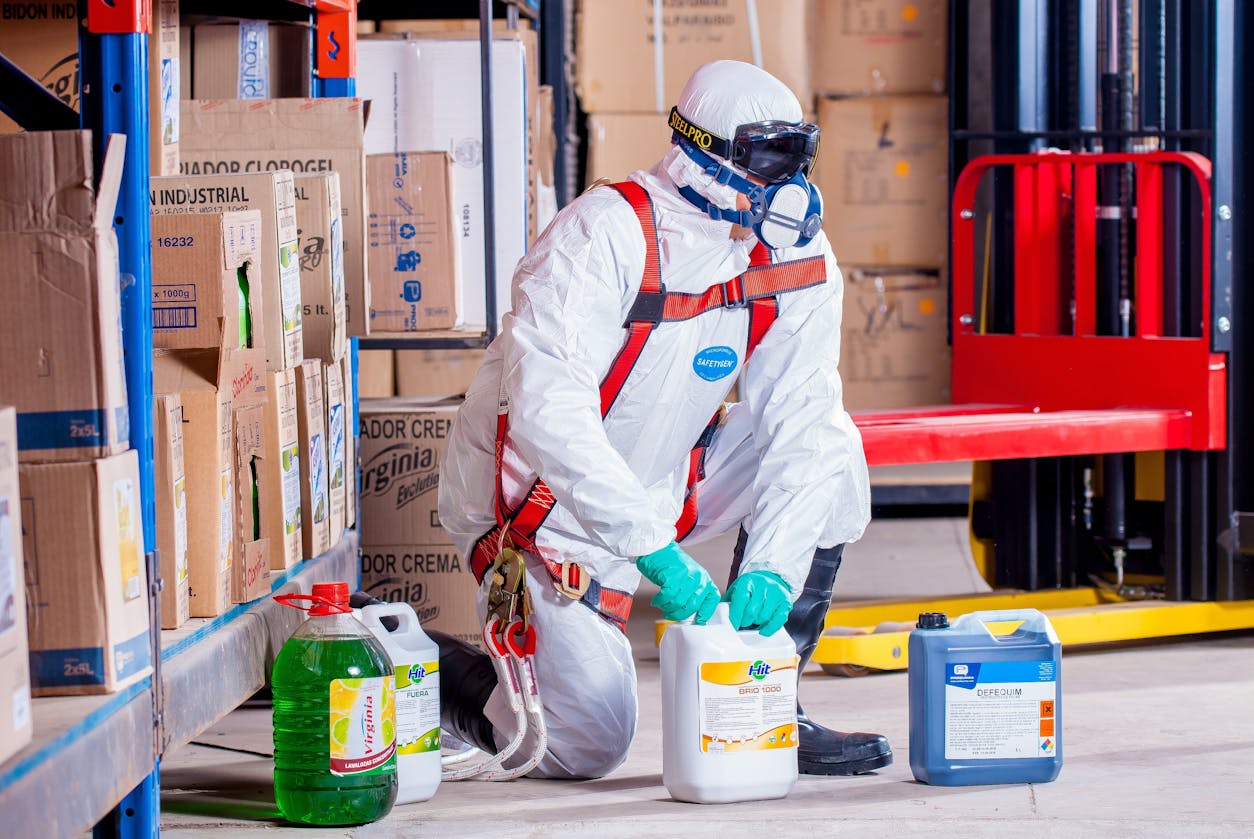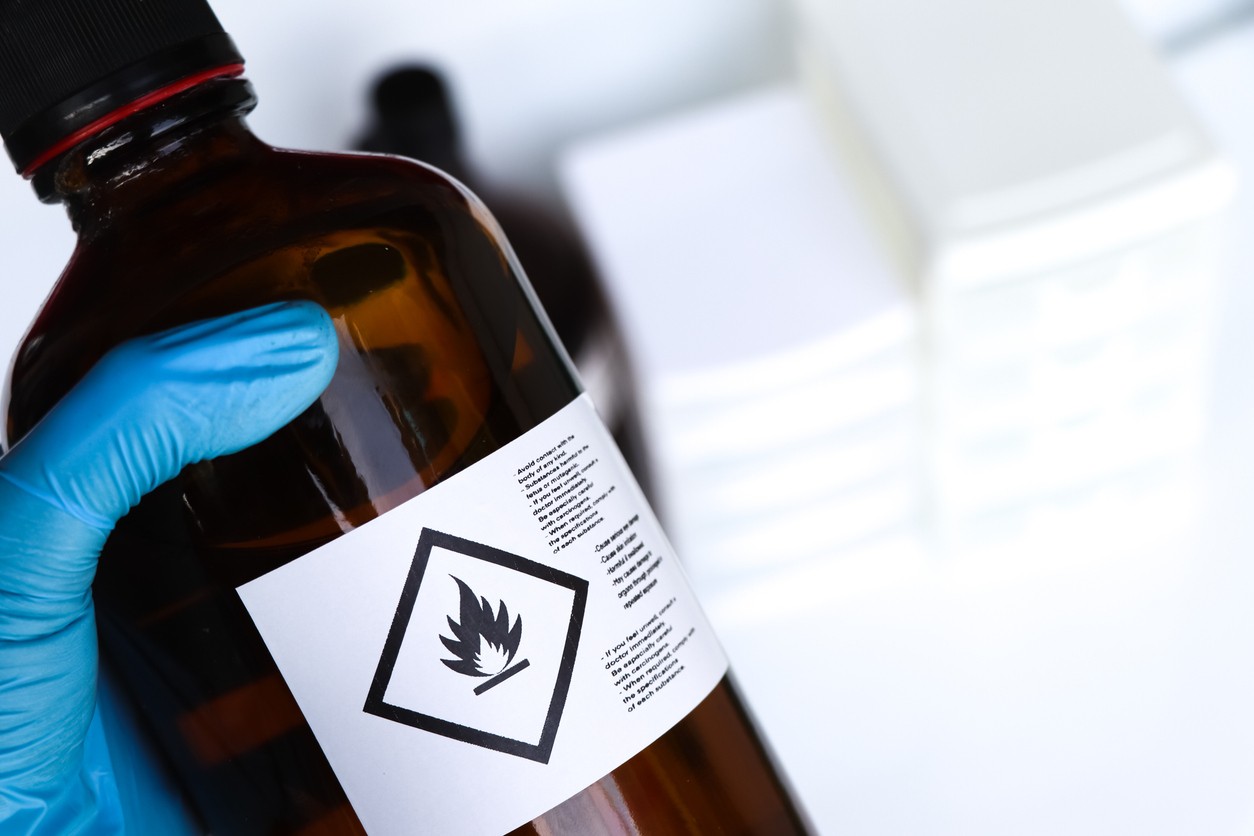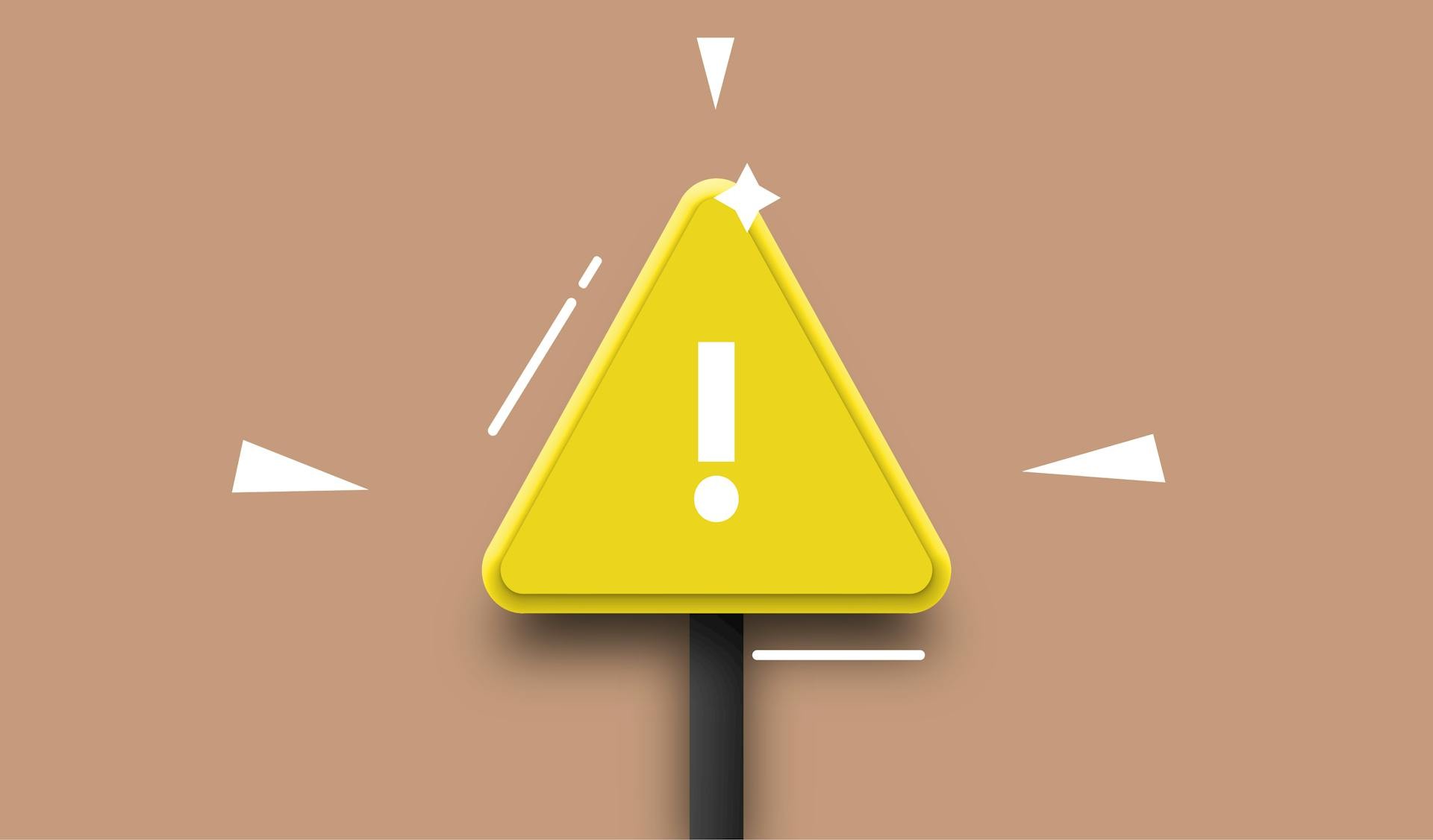Control of Substances Hazardous to Health, or COSHH, is the law that protects workers from harm that may be caused by working with substances. It covers all types of hazardous substances, such as toxic fumes and chemicals, as well as common substances that may cause harm, such as paint and dust. Failure to comply with COSHH is considered a crime, with an unlimited fine as punishment.
Knowing the consequences, employers must take steps to ensure that they are not in breach of COSHH. The first step towards compliance then is to conduct a COSHH assessment.
What is a COSHH Assessment?
A COSHH assessment is the process of identifying risks and hazards in the workplace that come from the use or creation of substances that may be harmful. It determines how substances can be harmful and what tasks can expose people to such substances.
You may be asking what makes a COSHH assessment different from a general risk assessment. A general risk assessment is about finding out what makes a substance hazardous. A COSHH assessment focuses on the situation where a hazardous substance may cause harm, providing insight on how to control the risk that comes with working with a hazardous substance.
Substances that are considered hazardous by COSHH include:
- Chemicals and products containing chemicals
- Dusts
- Fumes
- Vapours
- Mists
- Gases
- Nanotechnology
- Biological agents (bacteria, viruses)
Plenty of common products like ink, glue, detergent, and lubricant can be harmful, and such, are covered by COSHH. Even natural materials that at first glance may not be considered hazardous, such as leaves and pollen from certain plants, can actually cause health problems like dermatitis and asthma through exposure, thus requiring consideration when writing a COSHH assessment.
It is worth noting that lead, asbestos, and radioactive substances are not covered by COSHH, as they have their own specific regulations.
How to Write a COSHH Assessment Sheet
A COSHH assessment sheet is generally divided into four major sections.
Header
The header provides an overview of the substance being assessed. Here you will write general facts such as what the substance is, what it is used for, where it is used, who the supplier is if applicable, and details about the assessment such as the company in charge, the specific department that works with the substance, who conducted the assessment, and when it was performed.
Hazards and Risks
In this section, you need to describe the hazards and risks posed by the substance being assessed. If for example, you are assessing pesticide, you may have to write down that the mist it produces can be breathed in or come into contact with people’s skin, resulting in potential respiratory problems or skin conditions.
You may also have to specify who might be exposed to the pesticide, including the maintenance workers performing pest control, as well as the people who will be carrying out regular work duties in the space. There will be circumstances where the public could be a safety concern, such as in the food service industry, so it’s important to take note of that too regarding who could be exposed to a hazardous substance.
Some products with hazardous substances may come with a safety data sheet that outlines its harmful properties. Check for hazard symbols; these labels make it easy to identify what harm a product might cause. A skull and crossbones denotes toxicity, a flame shows that it is flammable, etc.
Control Measures
Knowing what the hazards and risks the substance poses, you now have to provide the measures you have in place to prevent harm or mitigate the risks that come from working with the substance. Do you have personal protective equipment (PPE) that is appropriate for the job handling the substance, such as face masks or heavy-duty gloves? Are you keeping staff from entering a room for at least an hour after spraying insecticide? What are you doing about proper storage and disposal? Is monitoring necessary?
You also have to account for when control measures fail. Emergency and first aid procedures are typically written alongside the control measures. Describe the actions that need to be taken concisely, whether it’s washing with specific skin cleansers or following a practised evacuation plan.
Assessment
The final section of the sheet is where you have to assess how thoroughly you have checked all the factors regarding the substance’s use, how effective the control measures are, and if the task associated with the handling of the substance is safe or not. This is where improvements and further actions can be suggested to achieve COSHH compliance. If there have been changes to how the task is done, the assessment needs to be re-examined and updated if necessary.
Responsibilities of Employers and Employees
Both parties at work have COSHH responsibilities that they need to fulfill for health and safety as well as legal purposes.
Employers
It is the legal duty of employers to keep their employees safe in the workplace, which is accomplished through the following responsibilities:
- Prevent or control exposure to hazardous substances
- Establish and maintain control measures for hazardous substances
- Instruct and train employees on working with hazardous substances
- Put in place procedures for accidents and emergencies caused by hazardous substances
- Monitor employees exposed to hazardous substances
- Limit the use of hazardous substances according to workplace exposure limits
- Ensure employees are performing tasks safely as instructed
- Conduct COSHH assessments
Employees
While COSHH exists to protect workers first and foremost, workers still have responsibilities of their own to keep themselves, their co-workers, and others safe.
- Support co-workers in fostering a safe and healthy workplace
- Follow procedures to prevent accidents and overexposure
- Use the appropriate PPE and store it properly
- Report and record accidents and incidents
- Get a medical check-up when required
- Make use of cleaning facilities in the workplace with official procedures in mind
- Stay updated on employer-provided training
Conduct Comprehensive COSHH Assessments
Completing COSHH assessments can be a long and arduous process that requires a great attention to detail with no allowance for mistakes. Given what’s at stake, which are people’s lives and legal compliance, it is a process that nevertheless must be done and done comprehensively.
Make sure that you leave no stone unturned when writing a COSHH assessment. Partner with the Health & Safety Dept for extensive professional support in conducting COSHH assessments. Contact us for more information.




